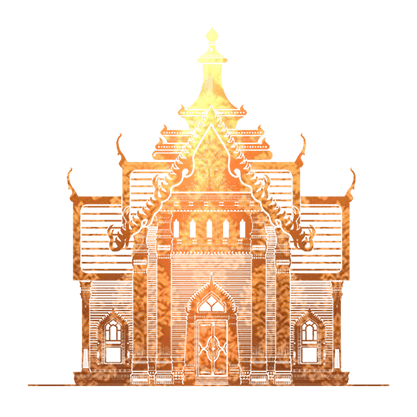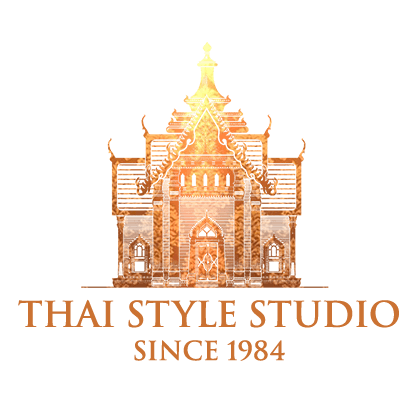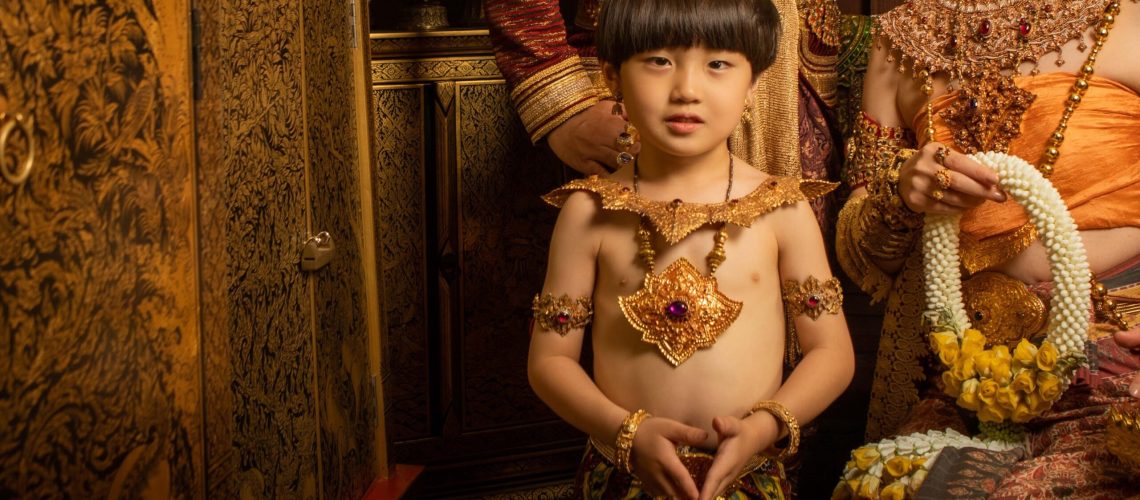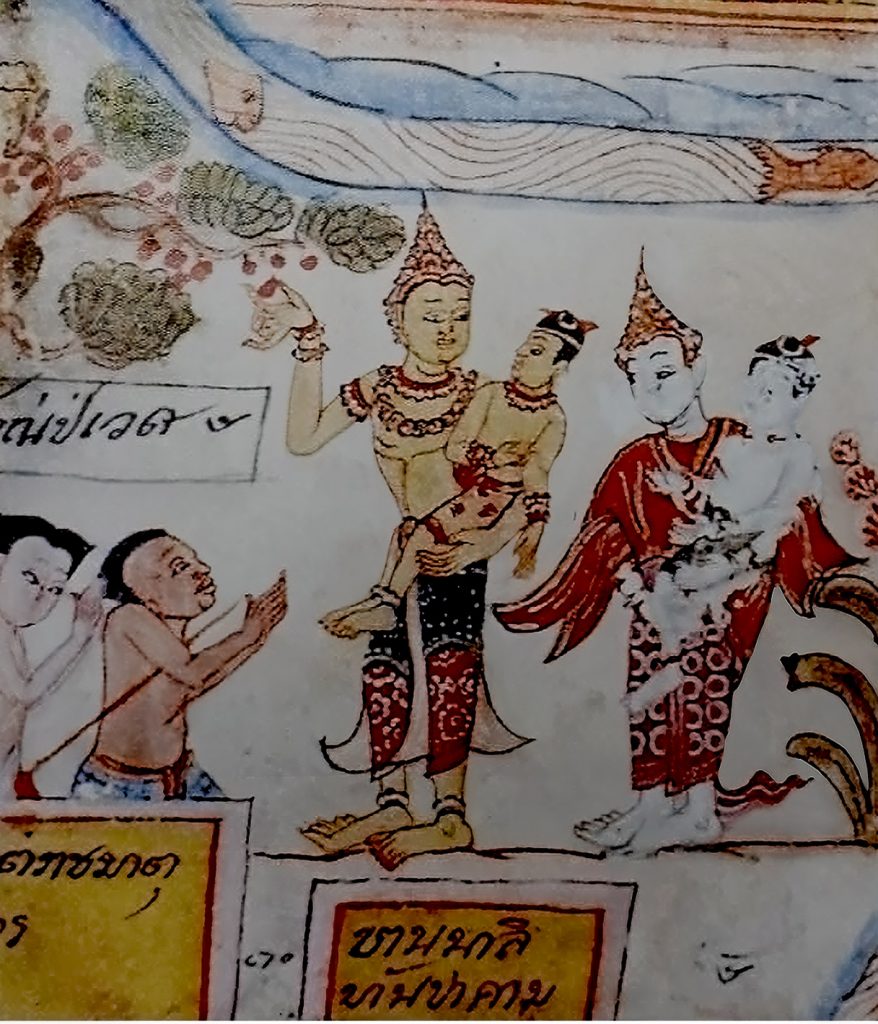
Ayutthaya period shows the dress.
Children with Pom Jook, wearing ankle bracelets, not wearing shirts.
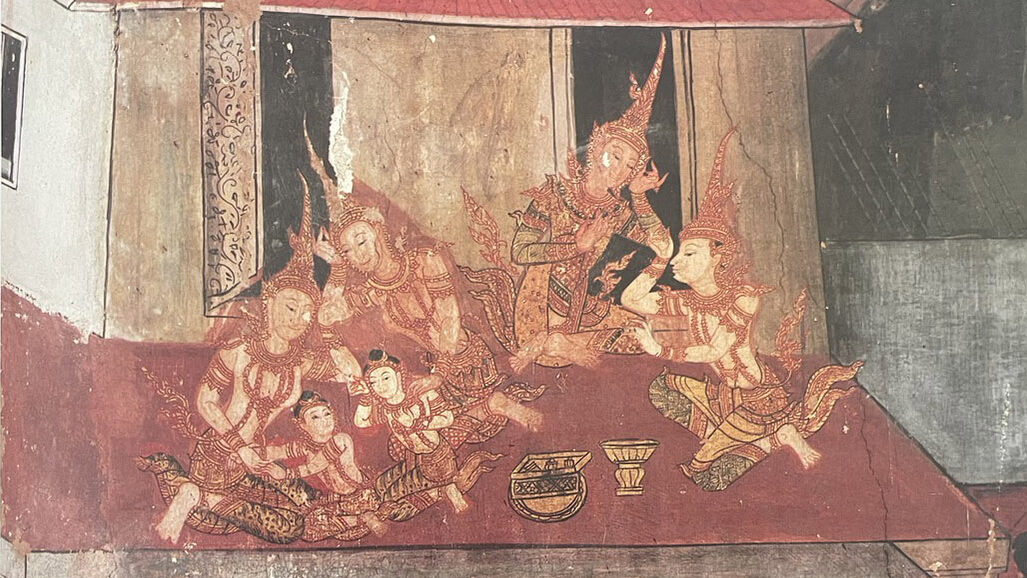
Traditional children’s garments were heavily influenced by the values of adults, particularly their hairstyles. Braiding or making a hair-knot was believed to improve the health of children, while a special ceremony marked the cutting of the hair-knot at a certain age, symbolizing a prosperous future. Children’s clothing also reflected their family’s social status.
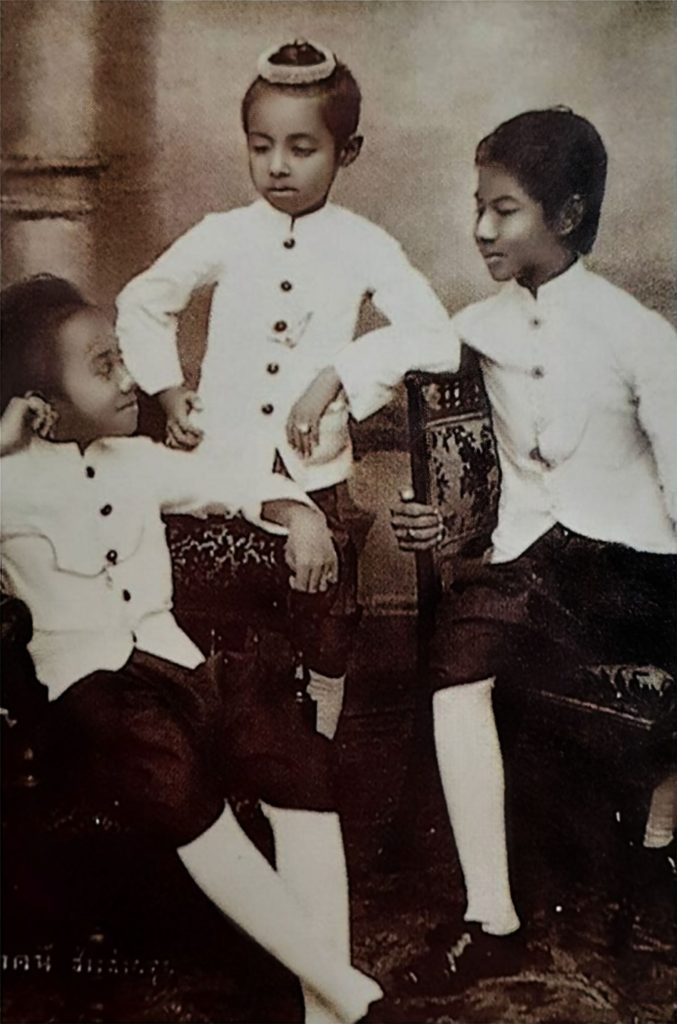
Children’s accessories resemble those of adults in smaller sizes, often featuring small bells for easy tracking. These charms serve both practical and spiritual purposes, believed to protect children from harm and bring blessings. ‘Jub Ping/ Ta Ping,’ used to cover the genital area, is made of various materials based on the family’s wealth, ranging from coconut shell to silver or gold
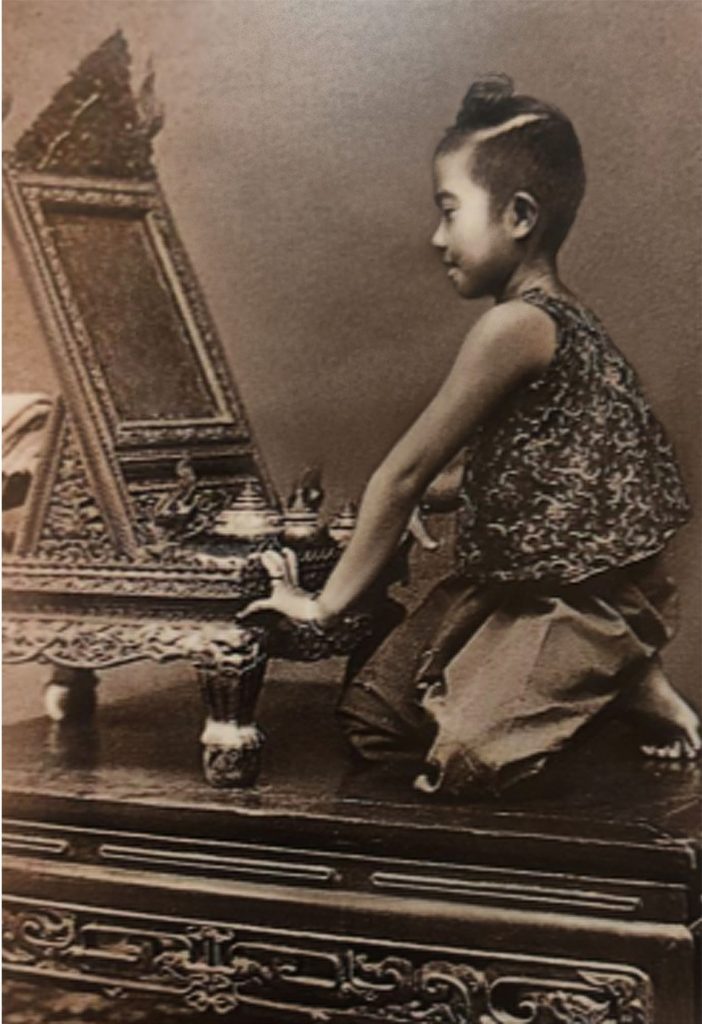
We’ve extensively covered the hairstyles of children from the past and provided ample information for our readers. For those interested in delving deeper into this intriguing topic, additional insights await at https://thaistylestudio1984.com/b/ทรงผมเด็กไทยในสมัยโบราณ-ความเชื่อกับทรงผม/
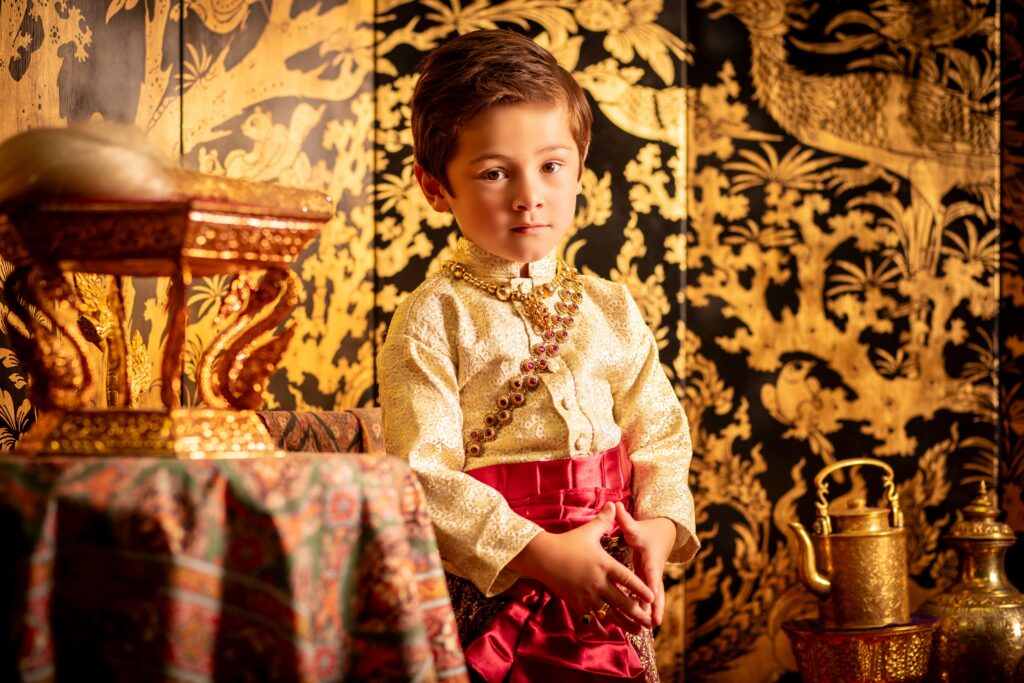
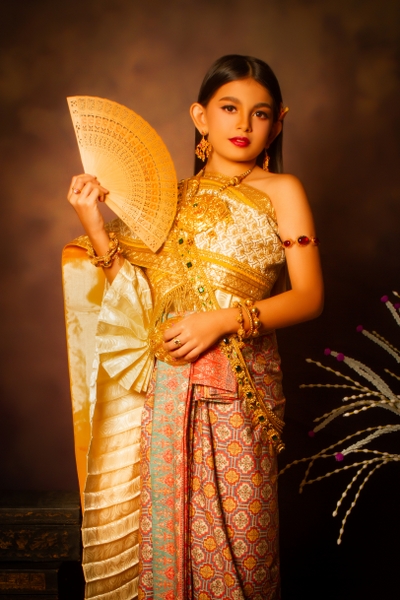
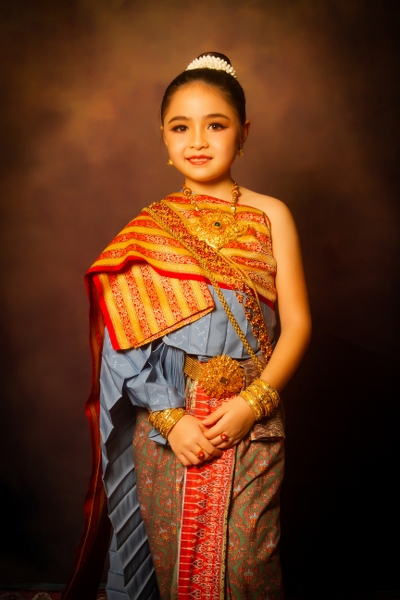
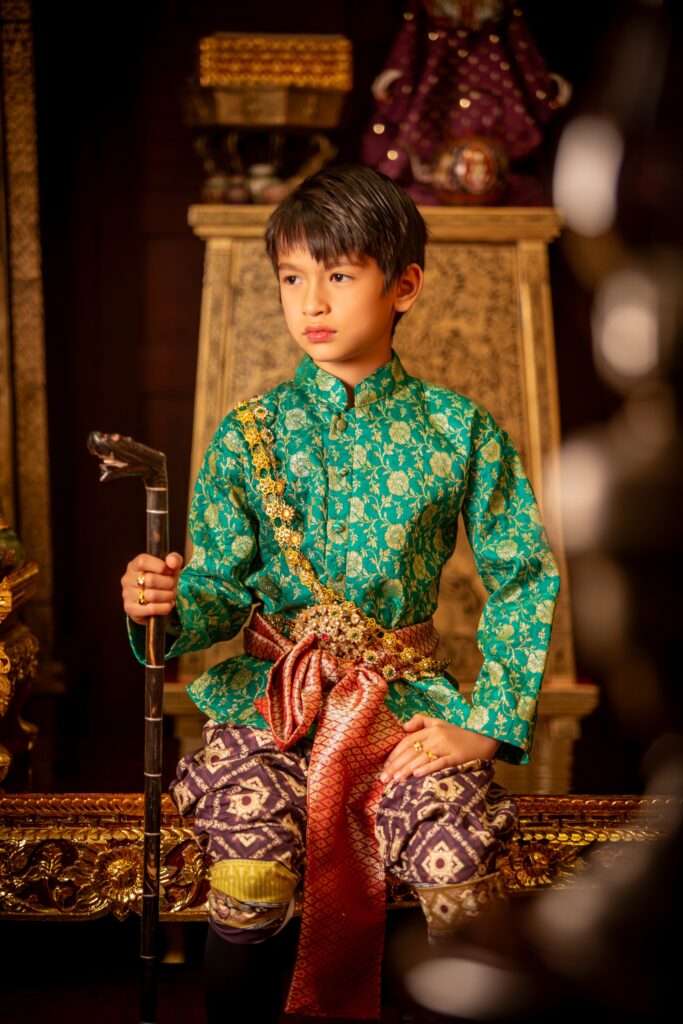
TRULY THAI AUTHENTIC YOU CAN BE
>>ติดตามเรื่องราวความเป็นไทยอย่างใกล้ชิดที่ Thai Style Studio<<
เพราะเราเชื่อว่า “มากกว่าความรู้สึก คือ การได้สัมผัสประสบการณ์ความเป็นไทยด้วยตัวคุณเอง”
